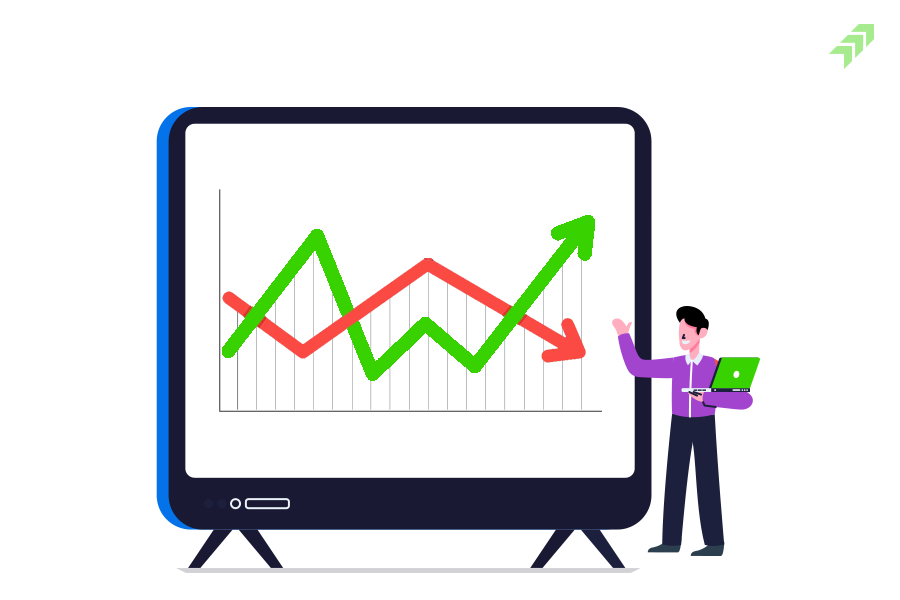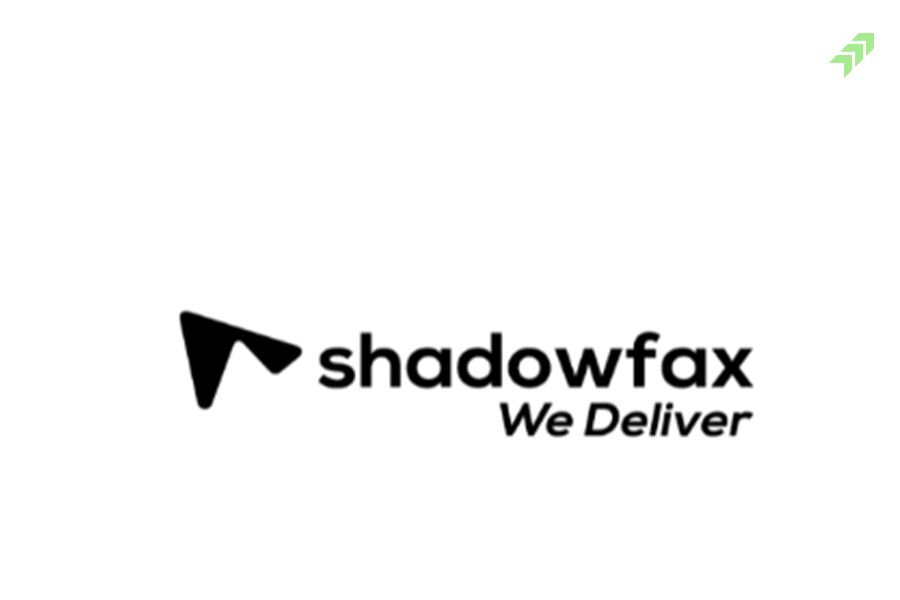In the option market, the price of the underlying security is affected by various factors directly or indirectly with an impact on option premium. Instability in price that is better known as implied volatility is one of the leading factors that affects the option premium price. However, the level of sensitivity of option premium towards the volatility could be different.
Understanding the level of sensitivity or how much the option price is sensitive towards the volatility is important to trade with the right option strategy. Vega is a member of the option Greeks that will help you to understand this sensitivity in options trading. Here we will talk about the Vega, how it works and how to use it in option trading with a few Vega trading strategies.
What is Vega in Options Trading?
Vega is one of the key member in option Greeks, that measures the level of sensitivity against the change in the implied volatility of the market or underlying security. Vega is that value in the option trading that shows you how much option premium price of an underlying security is changed against the 1% change in the implied volatility of the underlying security.
Also Read: What are the Delta, Gamma, Theta and Vega in Option Trading
The Vega with a high value of more than 1% means the option premium price of the underlying security is highly sensitive to the change in the level of volatility. And if the value of Vega is low or you can say less than 1, it means the option premium price is not or is less sensitive against the change in the implied volatility. As the intrinsic value of the option premium is not affected by Vega, it affects the extrinsic value of the underlying.
How Vega Works in Option?
As the Vega measures the changes in option price due to change in the volatility, and when volatility increases the value of option price also increases. A higher level of sensitivity will affect the option price with major changes. On the other hand, a decrease in volatility will influence the option price with insignificant changes.
The volatility affects the price of both options – calls and puts in a similar way. However, calls are highly affected by volatility compared to puts. While the premium of the option contract in-the-money or out-of-the-money is highly affected.
Options contracts with long maturity dates have usually a high percentage of Vega compared to option contracts close to their maturity dates. Hence, at-the-money Vega is higher than out-of-the-money options.
To understand better how Vega works, let’s take an example. Suppose you buy a call option that has a Vega value of 0.10, which shows that every change of 1% in implied volatility will lead to a change in the option price by Rs 0.10, however, other factors remain constant.
On the other hand, if volatility goes down by 1%, it means the option price will move by Rs 0.10 to the downside. If the price of an option premium is Rs 10, and the volatility of the underlying security is 10%, then every 1% change in volatility will change the option premium price by Rs 10.10 and the new volatility would be 11% with the vega value of 0.10.
What is Negative Vega in Options?
The Vega can be expressed with the amount of money as per the underlying security that the option value will increase or decrease when volatility moves up or down by 1%. Vega can be positive as well as negative depending on the impact of vega on option price.
Long options, both calls and puts have the positive Vega, means increase in the volatility also increase the vega and decrease in the volatility leads to decrease in the value of vega. However, in selling options both calls and puts have the negative vega and work in the opposite way. When volatility increases, vega decreases, and when volatility decreases, vega increases.
Also Read: Why Option Selling is Better than Option Buying: Explained
How to Use Vega in Options Trading?
The Vega can provide you with the level of sensitivity of option price towards the implied volatility. But the question right here is how you can use the Vega in options trading to make the best use of this option in Greek. However, you need to understand how Vega can help you in options trading with Vega trading strategies for various market conditions.
To Measure the Volatility Level
One of the most important applicability of Vega is, that you can use it to measure the volatility. Yes, when you try to enter into a trading strategy, you need to measure the volatility of the underlying security. For any multi-leg options strategy, you can use the Vega to measure the sensitivity of option premium price towards the implied volatility of the underlying security.
Also Read: How to Use Implied Volatility in Options Trading: Strategies
To Understand the Market Sentiment
You can also use the Vega to measure the sentiment of the market using the implied volatility that helps to know the expected change in the market movement. When the value of vega is high, it means there could be a swing in the price movement in coming trading sessions.
Low vega shows the market sentiment quite stable, the price movement of underlying security is not sensitive towards the implied volatility. While high vega shows the uncertainty in the market signalling the traders to choose the right trading strategy or align the strategy based on the implied volatility and sentiment of the market towards the underlying security.
To Select the Right Options
The Vega affects the option premium, as the rise in the implied volatility indicates the uncertainty in the market. You need to understand how Vega affects the option premium of the underlying security and changes in Vega influence the price of the option premium.
And with the help of Vega and how it affects the price of the option premium, you can use it to select the right option and strike price. You can use the Vega to find out the options that will benefit from an increase in the level of volatility. In anticipation of upcoming market news, you can pick the right option having the high Vega likely to benefit from high volatility.
Also Read: How to Choose or Pick the Right Strike Price in Option Trading
To Enter into the Long Position
You can also use the Vega in entering into long positions in option trading. Yes, if you have the positive Vega, you can enter into the long positions. If Vega is positive, there are higher chances of the movement in the price of the option premium and it good option buyers.
Positive Vega with a high level of sensitivity shows, that the underlying security is highly sensitive towards volatility. Hence, when volatility is high with high Vega, the price of the option premium has a higher chance of moving in the upward direction.
To Enter into Short Trade Position
While on the other hand, if the Vega is negative you can use this to enter into short positions. As the negative vega means, the volatility is very low and the option premium will not show any significant movement before the expiry, as the volatility level is very low.
Also Read: Best Option Strategy for Bearish Market: 7 Option Strategies
When Vega is negative, it means the option premium price is less sensitive towards the implied volatility. And if the option premium does not show any significant movement, it will expire worthless which would be good for the option sellers. Hence, negative Vega means you can enter into short positions in options trading to make profits from selling.
To Hedge the Trading Strategies
The price of the underlying security in the options is highly influenced by various factors like news, events, economic factors or company-related fundamental factors. And when such events are likely to happen, the market becomes high volatility. You can use the Vega to understand the impact of such events on price to neutralize the impact of volatility.
Apart from entering into new trade positions, traders can also use the Vega to protect their trade position by hedging the trading strategy. Using the right option Vega trading strategy you can offset Vega values to minimize the impact of change in the implied volatility on the price of underlying security by entering into multiple trades with different Vega valuesto hedge your trade positions.
Option Vega Trading Strategies
You can make the best use of Vega in various ways, but choosing the right option Vega trading strategy is very important to get the best results. The trading strategy can be formulated based on the Vega values. If the value of Vega is positive, you need to trade with a different strategy, while Vega with a negative value of neutral would have been a different trading strategy.
Vega Positive Option Strategy: Vega with positive values means, the price of the option premium of an underlying security will be positively affected by change in the implied volatility. This means when volatility rises, there are higher chances to move the price of the option premium upwards. Here you can trade with long option trading strategies.
Vega Negative Option Strategy: When the value of Vega is negative, the change in the implied volatility affects the price of the option premium with insignificant movement until the expiration date of the option premium. Hence, you can choose the underlying security with a negative Vega value to enter into short positions based on option strategy.
Vega Neutral Option Strategy: Apart from positive or negative, the value of Vega could be neutral. Yes, the underlying securities with neutral Vega values are not affected by the change in the implied volatility. Here you need to combine long and short positions in options to balance the impact of positive and negative Vega. Here you need to choose the right underlying security having the zero Vega to eliminate or minimize exposure to changes in implied volatility.
Also Read: How to Recover Loss in Option Trading: Tips to Avoid Losses
Summing-up
Vega, one of the members of option Greek is very useful in options trading, but only when you are able to understand how it works and affects the option price. The value found in Vega shows, how much your underlying security is sensitive towards volatility. This means with the change in the implied volatility how much the price of the option premium is affected.
Also Read: What Option Strategy is Best for High Volatility: 6 Strategies
You can use the Vega not only to measure the impact of volatility but also to gauge the market sentiment and enter into the long or short trade positions as per the right Vega option trading strategy. Positive Vega values can be used to trade in long trade positions in options, while negative Vega values can be used to trade for short positions.
Also Read: How to Select Best Stock for Option Trading: Points to Consider
However, in Vega neutral strategy you can use the combination of long and put to hedge the trade positions and minimize the impact of volatility. Hence, a long Vega portfolio shows, that your investment is positively exposed to an increase in implied volatility, while a short Vega portfolio shows your investment is vulnerable to volatility.
Also Read: How to Manage or Do Risk Management in Options Trading

















